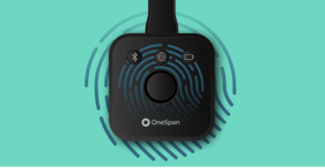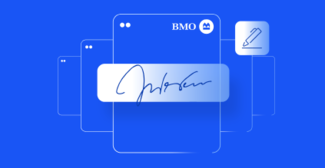E-Sign for Paperless Healthcare

While the online rollout on October 1 of new healthcare legislation in the United States may not have gone exactly to plan, there is little doubt that it brought the benefits of a paperless medical sector into sharp focus.
In recent weeks, the attention of the media has been drawn to the problems being experienced by users in actually signing up for healthcare insurance, with a series of apparent glitches now the subject of discussion at the highest levels of government. What has been overlooked, however, is the fact that the most significant and radical changes to the way the healthcare system operates are, on the whole, based on the ongoing need to use electronic signatures.
For years now, the medical profession has relied on physical paperwork to treat patients, much of which is naturally confidential and only available to the healthcare provider themselves. However, this reliance on paper-based records has, in many ways, proved to be a cumbersome way of providing patient care, a situation that many people hoped would be alleviated by the introduction of the Health Information Technology for Economic and Clinical Health Act in 2009.
Electronic patient care
Simply put, this was an incentive package offered by the federal government to move hospitals away from paper and toward electronic medical records. Some studies have shown that EMR adoption can increase overall efficiency by at least 6 percent, and while the transition has been slow, there are signs that electronic signature software is poised for mass or mainstream adoption.
Bringing healthcare into a paperless society would seem to be one of the more achievable elements of Obamacare. Processing documentation by medical practitioners can take time, while obtaining consent for a procedure can be delayed if a patient is unable to physically attend. At the same time, the long hours that doctors and nurses regularly experience as part of their job can lead to errors, a scenario that can be minimized with the adoption of an e-signature as part of an agreed-upon template.
However the real benefit of electronic or paperless medical records lies in the access to data that they provide. Hospitals can now exchange information about not only patients but also procedures, ensuring that the healthcare system improves as result. Medical errors can cost providers money, and having consensual electronic access to a patient's history can provide doctors and nurses with exactly what they need to provide care.
For more information on how to become paperless, healthcare providers should download the E-Signatures for Healthcare ebook.









